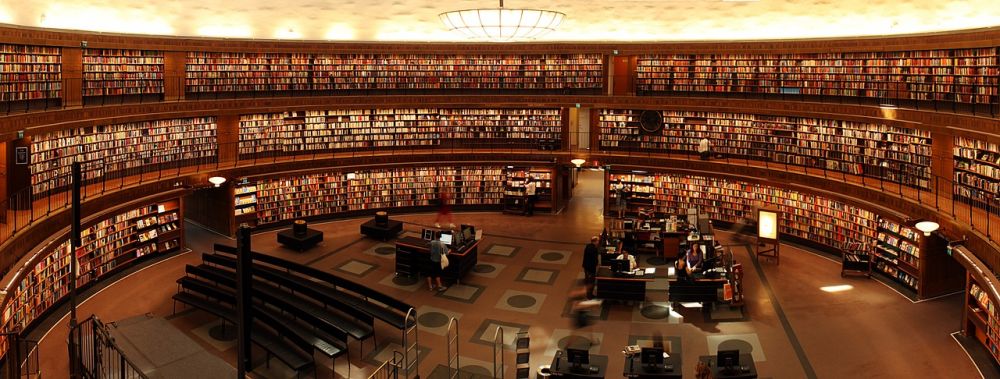Bestseller Books: A Historical Journey of Literary Success

Introduction:
Bestseller books hold a special place in the literary world. These books have the power to captivate readers, leaving a lasting impact on their lives. Whether you are an avid bookworm or a casual reader, understanding the significance of bestsellers is essential to navigate the vast ocean of literature. In this comprehensive article, we delve into the realm of bestseller books, exploring their history, significance, and what makes them truly special.
I. Exploring Bestseller Books:

a. Definition and Importance:
– Bestseller books refer to publications that achieve remarkable commercial success, reaching high sales figures.
– They often mark a significant cultural impact, shaping and reflecting societal trends and values.
– Bestsellers become cultural touchstones, inviting readers to immerse themselves in captivating stories or thought-provoking concepts.
b. Characteristics of Bestsellers:
– Engaging storytelling: Bestsellers offer compelling narratives that draw readers in and keep them hooked.
– Relatability: These books touch upon universal themes and emotions, resonating with a wide audience.
– Memorable characters: The protagonists and supporting cast leave a lasting impression, fostering a connection with readers.
– Timeliness: Bestsellers often tap into current events, providing commentary or escapism during turbulent times.
– Emotional impact: These books evoke strong emotions, be it joy, sadness, or empathy, leaving a lasting memory.
c. Cultural Impact:
– Bestsellers often shape popular culture, inspiring movies, TV shows, and even merchandise.
– They spark conversations, igniting debates, and offering fresh perspectives on societal issues.
– These books provide shared experiences, fostering connections among readers worldwide.
II. Historical Evolution of Bestseller Books:
a. Early Origins:
– The concept of bestsellers traces back to the 19th century, with the emergence of mass-produced literature.
– Penny dreadfuls and dime novels became popular, offering affordable entertainment to a wider audience.
– These early bestsellers catered to various genres, ranging from adventure and mystery to romance and science fiction.
b. Twentieth Century Revolution:
– The introduction of national bestseller lists in the early 20th century enabled tracking and recognition of successful books.
– The rise of the publishing industry and the establishment of influential literary awards like the Pulitzer and Booker Prize further fueled the popularity of bestsellers.
– Bestsellers like “Gone with the Wind” by Margaret Mitchell and “To Kill a Mockingbird” by Harper Lee became cultural phenomena, resonating with readers worldwide.
c. Contemporary Landscape:
– With the advent of the digital age, bestseller lists expanded to include e-books and audiobooks, reflecting changing reading habits.
– Self-publishing platforms and online marketplaces have allowed emerging authors to achieve bestseller status without traditional publishing support.
– The convergence of social media and online communities has empowered readers to share their favorite books, amplifying their reach.
[INSERT VIDEO HERE]
Conclusion:
Bestseller books have had a remarkable journey through history, capturing the hearts of readers across generations. Their enduring popularity stems from their ability to ignite emotions, provoke thought, and entertain. As technology continues to reshape the literary landscape, bestsellers will adapt and thrive, providing us with new stories that captivate and inspire. So, pick up a bestseller and embark on a journey through the power of words.





